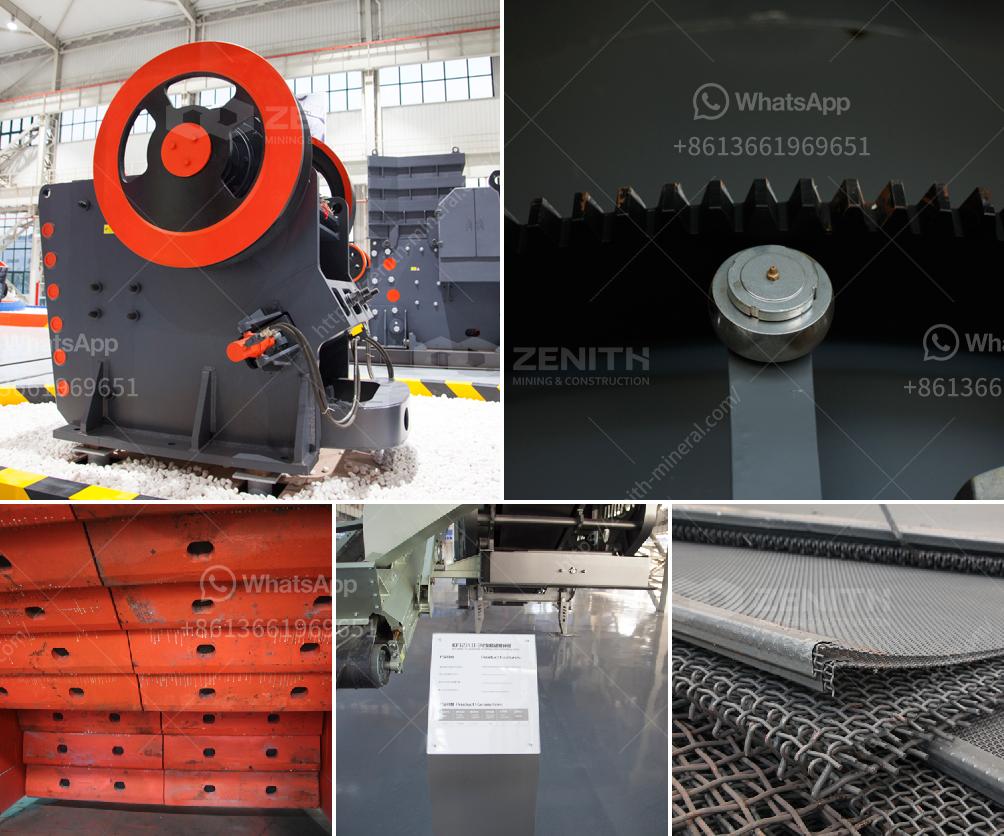A grinder and a crusher are both machines used for size reduction, but they operate differently and are used for distinct purposes. Here are the main distinctions between the two:
-
Purpose and Application:
- Crusher: Typically used for breaking down large, solid materials into smaller, more manageable pieces. Crushers are often used in mining, construction, and recycling to deal with materials like rocks, stones, metal, or concrete.
- Grinder: Used for fine grinding and pulverization of materials. Grinders reduce materials into smaller, finer particles and are used in a variety of industries for applications such as grinding metal, wood, plastic, and even food products like coffee beans or spices.
-
Mechanism:
- Crusher: Uses compressive force to fracture or crush materials. Crushers often use jaw, cone, or impact mechanisms to reduce material size.
- Grinder: Utilizes shear and attrition forces through rotating grinding surfaces, such as discs, wheels, or blades, to achieve a finer size reduction.
-
Output Size:
- Crusher: Typically produces larger output size and is used for initial size reduction.
- Grinder: Results in much finer particles and is often the final stage in the size reduction process.
-
Types of Materials:
- Crusher: Can handle larger, harder materials and large quantities.
- Grinder: Best suited for softer materials or those that require a fine output.
-
Energy Consumption:
- Crusher: Generally consumes less energy per ton of material processed, due to its simpler mechanisms and lower speeds.
- Grinder: Often consumes more energy per ton because of the finer particle size and the need for shear forces.
In summary, while both machines reduce material size, crushers are primarily used for breaking down large, hard materials into smaller chunks, and grinders are used to produce finer particles from already smaller, softer materials.

